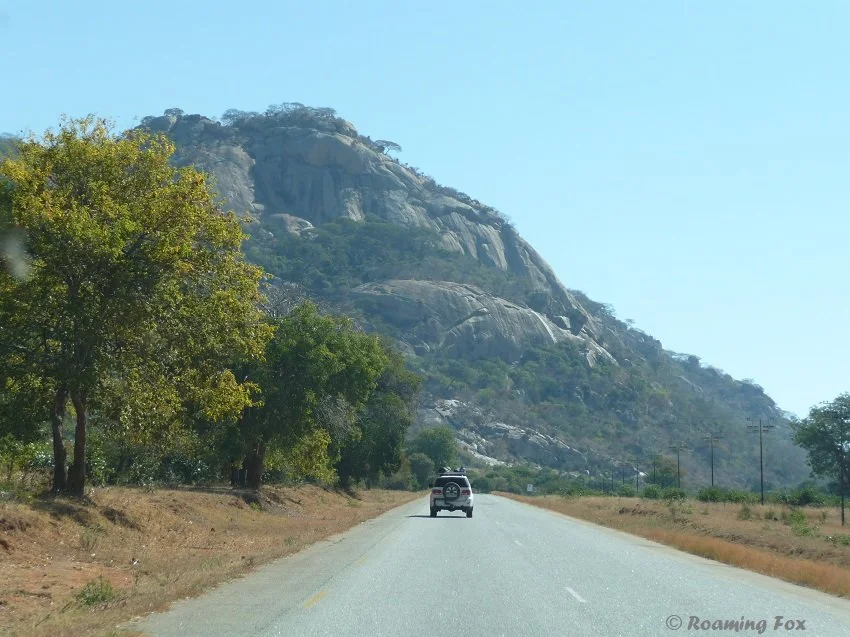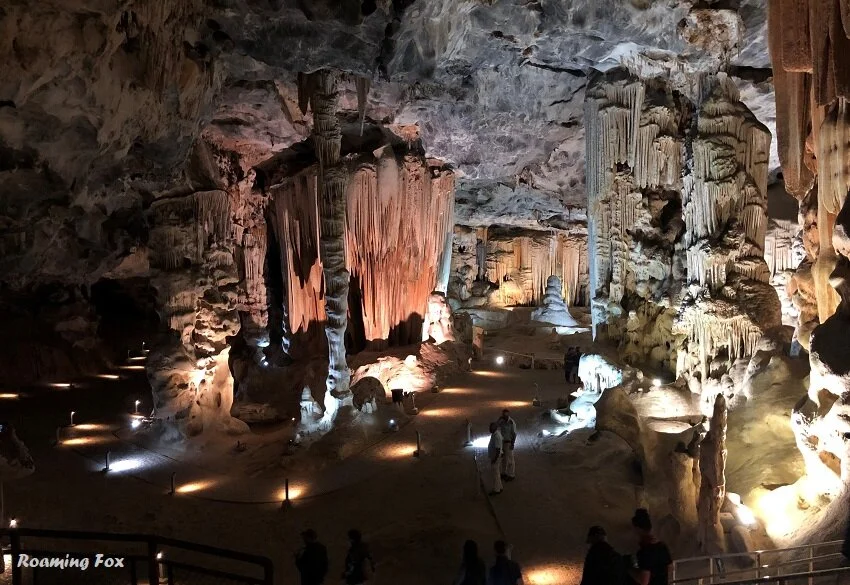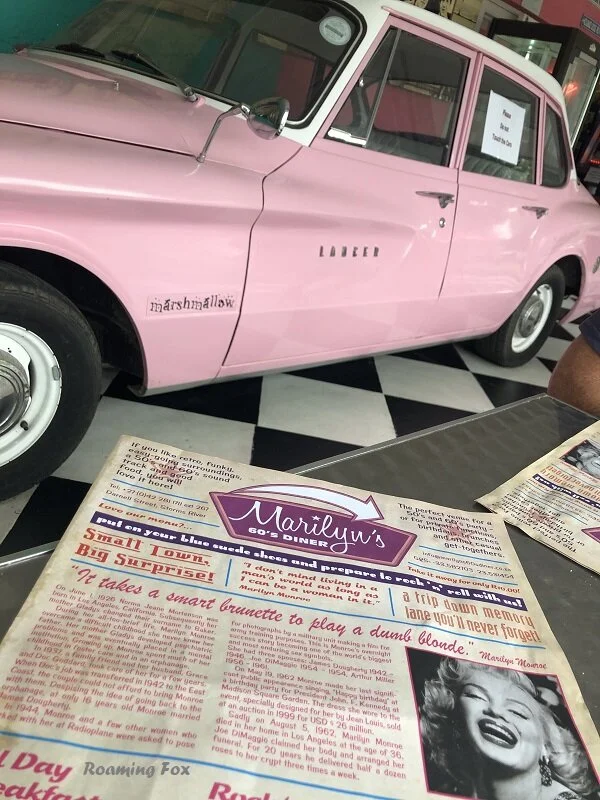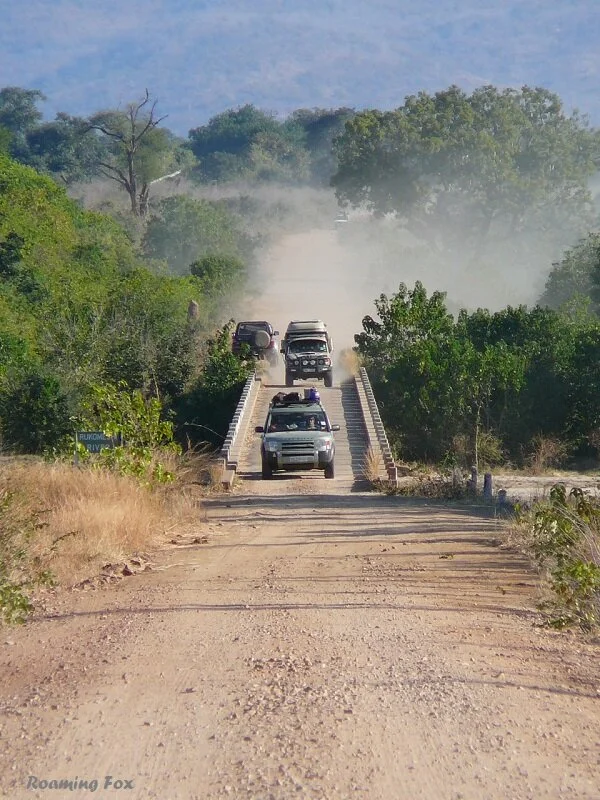Adventures in Africa with Cute and Clever Elephants
Zimbabwe - Africa
Observing the behaviour of elephants and other animals
Overland adventure through Zimbabwe
Spoiler Alert: If you don't like elephants, you're welcome to skip this blog, but you'll miss out on seeing some of the cutest elephant photos.
Drinking and splashing
Don’t you just love elephants? I do! I can spend hours watching them.
In June 2013 we embarked on a two-week overland adventure tour through Zimbabwe. Eight other vehicles were part of our convoy. Zimbabwe had always been an attraction and apart from a flight to the Victoria falls for a long weekend, we had never been.
We’d heard of many encounters of unnecessary harassment, but the former bread basket of Africa with it’s controversial history and beautiful landscape still appealed to us. However, we felt more at ease traveling with other vehicles.
Although there was evidence of poverty and deterioration, we were pleasantly surprised. Others who had been there around the 1980’s or before, were appalled at the devastation and lack of crops growing on the farms, considering the number of silos that were still standing. It was evident that some areas of Zimbabwe had seen better days. Yet in other areas there were signs of improvement.
We found the majority of people in Zimbabwe are friendly, helpful and proud of their country. The only areas where we felt ill at ease, were closer to Beit Bridge and in the centre of Harare.
One herd leaving and the other entering the water hole
Elephants drinking and bathing
We crossed the border into Botswana to spend the first night in Francistown. The following morning, we entered Zimbabwe through the Plumtree border post. Our first night in Zimbabwe was spent at Matobo National Park where we camped for one night. The next three nights we spent at Hwange National Park.
Matobo National Park has its own rich history of culture and remarkable landscape, but I’m not devoting this blog to that.
Elephants at waterhole Hwange
We were all excited to visit Hwange, previously known as Wankee. It would be our first encounter with the wild animals of Zimbabwe. Once again, we were impressed by the campsite, as we weren't expecting much.
Basic facilities, some needing maintenance, were adequate. Warm water was provided by a donkey. Not the four-legged cute variety, but a boiler fuelled with a wood fire that heats up the water.
Quick tip: It’s worth finding out how they warm the water before you get in the shower. Some people thought it was a usual hot water geyser. Once you’ve ascertained the water is heated by a donkey, take note of the condition of the fire or you could end up with a cold shower. If you make sure the wood is burning just before you hop into the shower you should have lovely hot water. Some of us had a couple of failed attempts until we realised how the warm water system worked!
We were expecting a fenceless campsite, but there was a satisfactory fence around the camp. We were safe from the wild animals. I’m not sure if you would call that a blessing or a disappointment.
Shiny elephant after bathing
Thirsty work for elephants
The first evening, soon after arrival, we drove to a water hole close to the campsite. Everyone who knows me know that I adore elephants. I was in heaven, and even if you don’t like elephants, you would have been captivated by them.
We must have seen hundreds of elephants walking back and forth to the water hole. A herd would arrive. They would drink, splash and roll in the water. Another herd would arrive and watch from the outskirts of the hole. As soon as the first herd started to wander off, the second herd would take their turn in the water. There was hardly any confrontation between the groups. It was fantastic to watch the antics of the young elephants, with only a tiny trunk sticking out at times. If you look carefully at some of my photos, you might see the little trunks.
One of the teenagers of the herd did what most teenagers do – tease and annoy the younger ones. He shoved and pushed one of the smaller elephants, who didn’t quite know how to deal with this obstreperous adolescent. Eventually the little one plucked up the courage and charged the teenager, while he was distracted. The young one pushed him with his tiny trunk, then promptly charged back to his mother and hid between her legs. Needless to say, the teenager backed off.
Elephants drink up to 200 litres of water a day. One of the smaller waterholes were completely dry after just a matter of a few hours when a herd passed by to refresh themselves. Some of them still wallowed in the mud. Others decided a dry bath was more suitable. Their necessary indulgence in sand baths created clouds of dust that enhanced spectacular sunsets with beautiful amber, orange and gold colours. A true unforgettable African sunset.
Even Africa Geographic have called the Hwange elephants super herds. I would agree.
Tiny little trunk raised in the air behind the mother
Elephant herds at the water hole Hwange
Spot the hippo
Hippopotamus and elephant at water hole
Elephant reflections
Miniature replica
On the knees
Do you think that's a smile?
Just love elephants!
Other activities at the water hole.
Resident hippopotamus wallowed in the water and crocodile sprawled lazily on the banks soaking up the last of the afternoon rays. Various other animals were wary when they came to drink water.
One particular giraffe took several attempts to pluck up the courage, as they are very vulnerable when drinking. He would stamp his hooves till they were spread-eagled a couple of meters apart. With a shake of his neck as if to loosen his vertebrae, he would lower his head to the water. A couple of centimetres away, he’d decide it wasn’t safe and would stumble back and walk away. He’d take cognisance of his surroundings, then go through the whole process again. Eventually after numerous attempts his thirst got the better of him and outweighed his fear. He slurped till he had his fill with no disturbance from any wild predator.
Hesitant giraffe
Eventually drinking
We saw a fair number of other animals while driving around in Hwange, but if you want to see elephants, this is the place to come to. If they fascinate you as much as they do me, do yourself a favour and read Sharon Pincott’s Elephant Dawn.
Beautiful zebra
Another cute baby animal
We noticed another unusual sight as we passed a smaller water hole deeper into the camp. We weren’t sure if we were imagining it, but we noticed a man up a tree. It seems his job is to protect the water hole – probably from poachers wanting to poison the water. However, what we’re not sure about is if he used the tree as a look out post or as an escape route from a lion or another predator.
Your eyes aren't deceiving you
Wild dogs, painted dogs or painted wolves
We were fortunate to see a pack of wild dogs (or painted dogs/wolves as they are widely known) as we left the park. I think it’s quite an appropriate name. Wild dogs aren’t seen that often but these were roaming free but with collars. There is a Painted Dog Conservation Centre at the entrance to Hwange where there are many in enclosed areas. It’s worth a visit.
Wild dog or painted dog
Look at those big ears
Adventurous African bush camp or safe fenced camp?
There are some bush camps with a low fence deeper into the park, but more secluded. I would have loved the experience of camping in one of them to listen to the sounds of the animals at night. There would have been the odd chance of an animal or two animals wandering past as well. At the main camp the still of night was interrupted by the noise from the staff compound adjacent to the camp. Loud music blaring deep into the night, disturbed the peace of a proper bush experience. On the other hand, some would enjoy a proper African culture encounter.
Would love to spend a night or two here
I have always been fascinated by elephants and this was one of the wow moments in my life. It was absolute heaven watching them while they drank and cavorted. We spent all three nights at the same waterhole watching the elephants move about. It gave us the opportunity to witness a truly spectacular elephant encounter. It certainly is a worthy memory that will stay with me forever. These happy memories are however marred with great sadness when I hear or read about the cruel poaching and poisoning of the elephants. Quite possibly some of the same elephants that we watched are the ones that have been mutilated for their tusks in the last few years. There’s an interesting article in Travel Africa that’s worth a read.
Click on photos to enlarge
Baby elephant bathing
Dust bath
African elephant, symbol of strength & power
To read the full story about Hwange National Park, click here for the article.
To read my tips and what to pack for an African safari, click here for the article.


























































Add some of our best experiences to your South African bucket list.